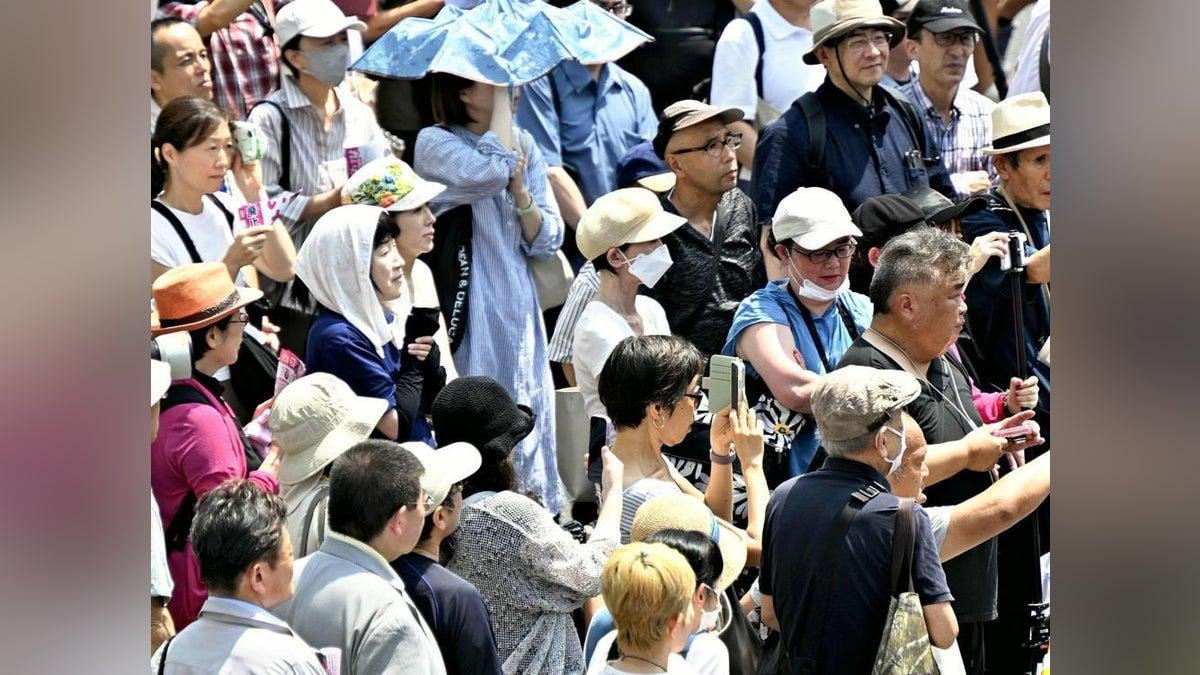
In Japan’s upcoming Upper House election, about half of the 32 single-seat districts ("one-seat districts") will see a head-to-head race between the ruling Liberal Democratic Party (LDP) and major opposition candidates.
The LDP is fielding candidates in all 32 districts. The main opposition party, the Constitutional Democratic Party (CDP), is running its own candidates in 10 key districts, including Iwate, Fukushima, and Miyazaki. In some other districts like Yamaguchi, Akita, and Okinawa, independents or other opposition parties are challenging the LDP.
These one-seat districts are seen as critical because small shifts in voter sentiment can change the results. Opposition parties are trying to cooperate in many of these districts to avoid splitting the vote and to prevent the LDP from winning a majority.
In past elections (2016 and 2019), the opposition won more seats when they unified their candidates. But in 2022, they failed to coordinate and lost badly. This time, they’ve agreed to unify in more districts again, with the Communist Party stepping aside in some areas to support CDP candidates.
Meanwhile, the Japan Innovation Party (Ishin) and others are running separately, so full opposition unity remains difficult. Still, the opposition hopes that focusing on these key one-seat districts can weaken the LDP’s control.
by MagazineKey4532
